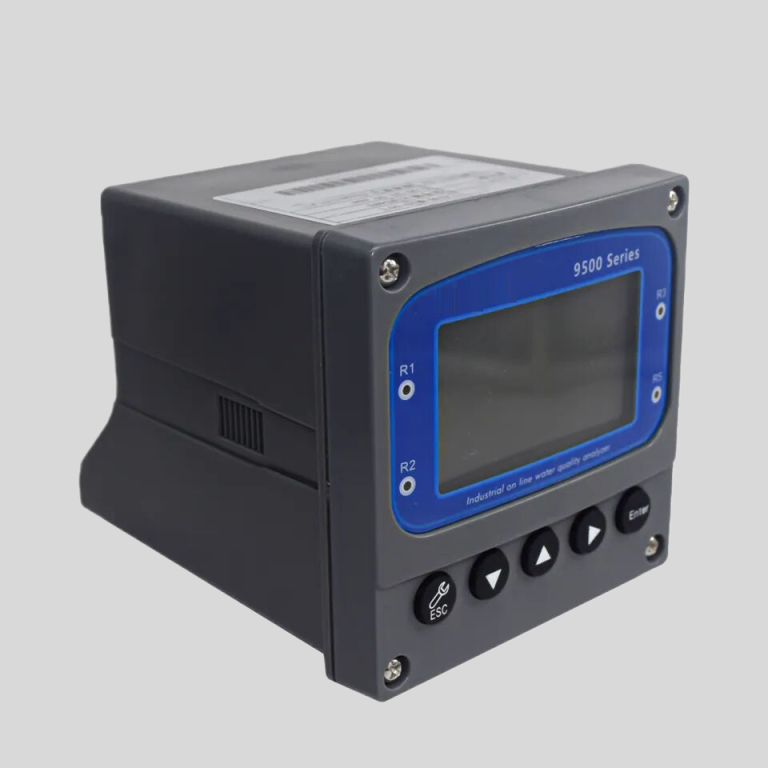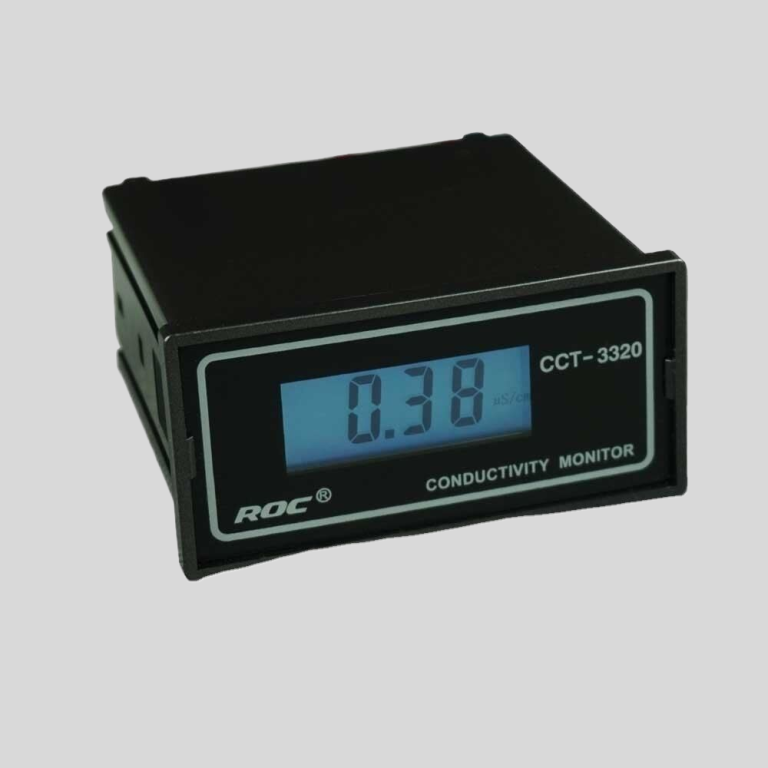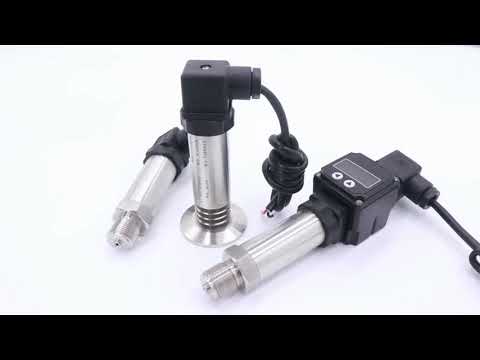“Measure the lifeblood of aquatic ecosystems with precision and accuracy.”
Understanding the Importance of dissolved oxygen meter in Water Quality Monitoring
Water quality monitoring is a crucial aspect of environmental management, as it helps to ensure the safety and health of aquatic ecosystems. One key parameter that is often measured in water quality monitoring is dissolved oxygen. Dissolved oxygen is essential for the survival of aquatic organisms, as it is necessary for respiration. Monitoring the levels of dissolved oxygen in water bodies is important to assess the health of the ecosystem and to identify potential sources of pollution.
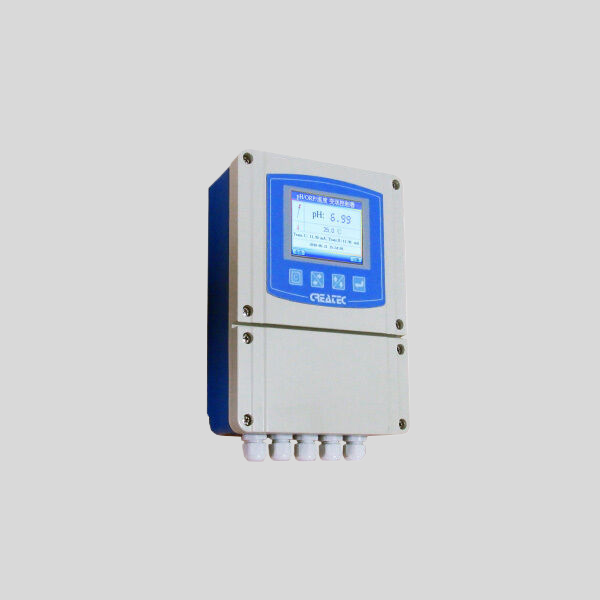
One of the tools used to measure dissolved oxygen levels in water is a dissolved oxygen meter. A dissolved oxygen meter is a device that measures the amount of oxygen dissolved in water, typically expressed in milligrams per liter (mg/L) or as a percentage of saturation. These meters are commonly used in environmental monitoring, aquaculture, and wastewater treatment plants.
dissolved oxygen meters work by using a sensor that detects the presence of oxygen in water. The sensor typically consists of a membrane that allows oxygen to diffuse through it and come into contact with an electrode. The electrode then generates a signal that is proportional to the concentration of dissolved oxygen in the water. This signal is then converted into a digital readout that can be easily interpreted by the user.
There are several types of dissolved oxygen meters available on the market, including optical, polarographic, and galvanic sensors. Optical sensors use luminescent technology to measure oxygen levels, while polarographic sensors rely on a chemical reaction to generate an electrical signal. Galvanic sensors, on the other hand, use a chemical reaction to produce a current that is proportional to the oxygen concentration.
One of the key advantages of using a dissolved oxygen meter is its ability to provide real-time data on oxygen levels in water. This allows for immediate action to be taken if oxygen levels are found to be too low, which could indicate poor water quality or the presence of pollutants. By monitoring dissolved oxygen levels regularly, environmental managers can track changes in water quality over time and identify trends that may require intervention.
| model | pH/ORP-5500 series pH/ORP online transmitting controller | |
| Measurement range | pH | 0.00~14.00 |
| ORP | -2000mV~2000mV | |
| Temp. | ( 0.0~50.0)℃ (temperature compensation component:NTC10K) | |
| Resolution | pH | 0.01 |
| ORP | 1mV | |
| Temp. | 0.1℃ | |
| accuracy | pH | 0.1 |
| ORP | ±5mV(electronic unit) | |
| Temp. | ±0.5℃ | |
| Approximate input impedance | 3×1011Ω | |
| Buffer solution | pH value: 10.00;9.18;7.00;6.86;4.01;4.00 | |
| Temp. compensation range | (0~50)℃(with 25℃ as standard)Manual and automatic temperature compensation | |
| (4~20)mA | characteristics | Isolated,fully adjustable,reverible,instrument/transmitter for selection |
| Loop resistance | 500Ω(Max),DC 24V | |
| accuracy | ±0.1mA | |
| Control contact | Electrical contacts | Double relay SPST-NO,return model |
| Loop capacity | AC 220V/AC 110V 2A(Max);DC 24V 2A(Max) | |
| Power consumption | <3W | |
| Working environment | temperature | (0~50)℃ |
| humidity | ≤85%RH(none condensation) | |
| Storage environment | Temp.(-20-60) ℃;relative humidity:≤85%RH(none condensation | |
| Outline dimension | 96mm×96mm×105mm(H×W×D) | |
| Hole dimension | 91mm×91mm(H×W) | |
| installation | Panel mounted,fast installation | |
In addition to monitoring water quality, dissolved oxygen meters are also used in aquaculture to ensure that fish and other aquatic organisms have enough oxygen to survive. In fish farms, oxygen levels can fluctuate due to factors such as temperature, stocking density, and feed input. By using a dissolved oxygen meter, aquaculturists can adjust oxygen levels as needed to prevent stress or mortality in their fish populations.
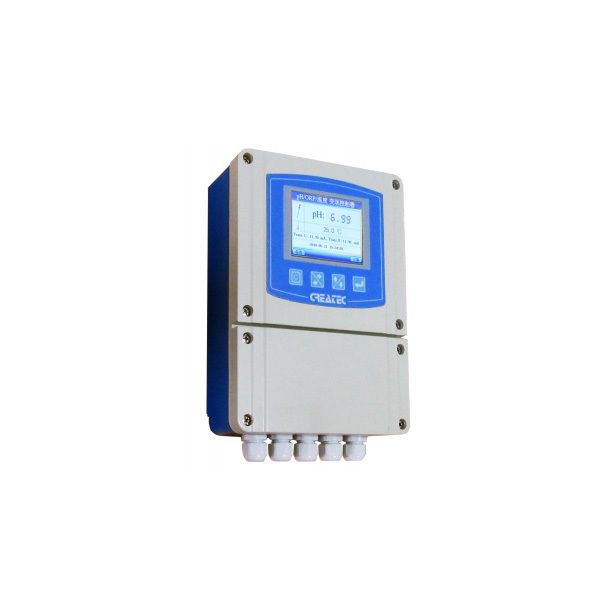
Wastewater treatment plants also rely on dissolved oxygen meters to monitor the efficiency of their treatment processes. By measuring oxygen levels in wastewater, operators can determine if enough oxygen is present for aerobic bacteria to break down organic matter. If oxygen levels are too low, it can indicate a problem with the treatment system that needs to be addressed.
| Model | CL-810/9500 Residual Chlorine Controller |
| Range | FAC/HOCL:0-10 mg/L, ATC TEMP:0-50℃ |
| Accuracy | FAC/HOCL:0.1 mg/L, ATC TEMP:0.1℃ |
| Oper. Temp. | 0~50℃ |
| Sensor | Constant Pressure Residual Chlorine Sensor |
| Waterproof Rate | IP65 |
| Communication | Optional RS485 |
| Output | 4-20mA output; High/Low limit double relay control |
| Power | CL-810:AC 220V±10% 50/60Hz or AC 110V±10% 50/60Hz or DC24V/0.5A |
| CL-9500:AC 85V-265V±10% 50/60Hz | |
| Working Environment | Ambient temperature:0~50℃; |
| Relative humidity≤85% | |
| Dimensions | CL-810:96×96×100mm(H×W×L) |
| CL-9500:96×96×132mm(H×W×L) | |
| Hole Size | 92×92mm(H×W) |
| Installation Mode | Embedded |
In conclusion, dissolved oxygen meters play a vital role in water quality monitoring by providing accurate and timely data on oxygen levels in water bodies. By using these meters, environmental managers, aquaculturists, and wastewater treatment plant operators can ensure the health and sustainability of aquatic ecosystems. Monitoring dissolved oxygen levels is essential for identifying pollution sources, assessing water quality, and maintaining the well-being of aquatic organisms.

